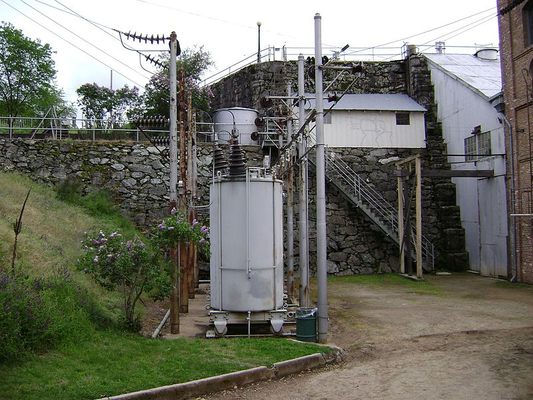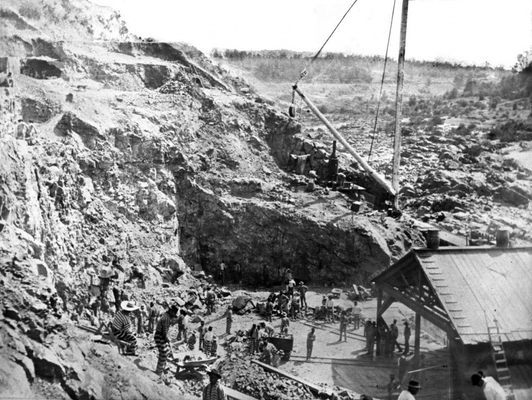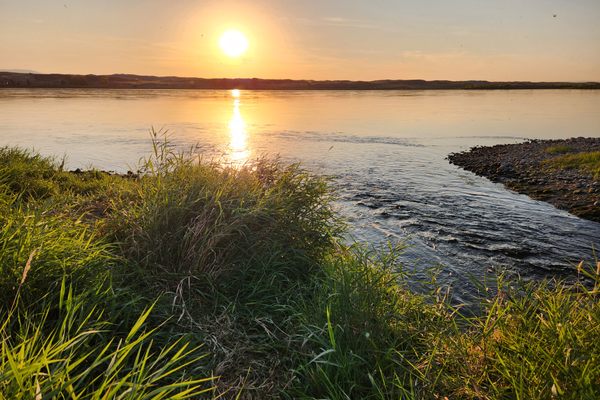About
The Folsom Powerhouse in California was the first practical means of generating hydroelectricity in a separate location from where it was used, and was partially constructed by the unpaid labor of convicts at Folsom Prison.
The hydroelectric powerhouse delivered power to from Folsom to Sacramento from 1895 to 1952. The water feed canal and impoundment, both of which sit on the American River, were built by convict labor provided in a deal between landowners and Senator H. G. Livermore. The prisoners produced all of the granite blocks used to build the dam, the foundation of what would become the powerhouse, and the retaining wall for penstocks.
The powerhouse was not always meant to generate electricity, however. The initial plan was to use the water to mechanically drive a sawmill, and for a few years this is what happened. Then, in the late 1880s, Livermore realized that rather than using the water as a motive force, the water could be used to power generators and provide electricity to Sacramento, 22 miles away. The power was also able to be converted to DC (by means of a supplementary generator or rotary converter) to allow it to drive the DC motors on the Sacramento street cars.
The powerhouse, a granite and brick two-story building, is still in complete working order to this day, but the water supply has been cut off by the Folsom Dam, which was built just upstream on the American River. Today, visitors are free to walk around the powerhouse and admire the large turbines and cutting-edge 19th century technology.
Related Tags
Know Before You Go
If traveling from Sacramento take the Gold Line on the light rail system to "Historic Folsom". You will be traveling along the route of oldest rail line in California and it will cost you only $7 ($3:50 for seniors) for a day's unlimited travel on almost all buses and light rail in the region (2017 prices). You can join this line directly from the Sacramento Valley main line rail station or downtown (there is a stop near the Capitol building). Entry to the powerhouse is free and it is easily in walking distance from the light rail terminus. Parking at the Visitor Center is a $10 for a day-use pas—there are picnic tables!
Community Contributors
Added By
Published
July 6, 2017











































